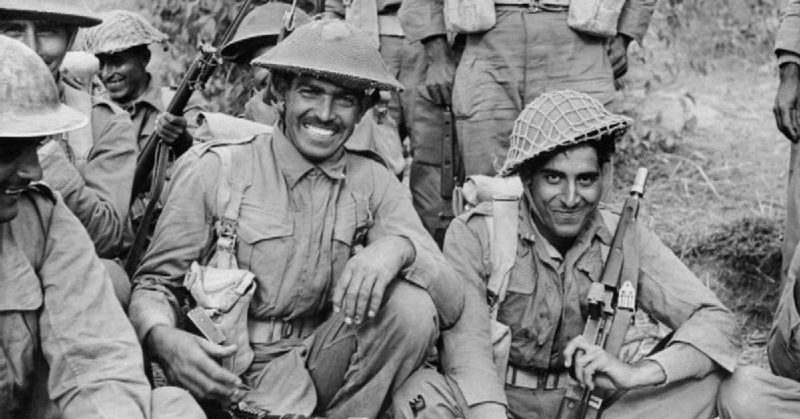During World War II, Burmese citizens fought in what some consider to be the most successful guerrilla campaign of the war. Thousands of Burmese assisted the British in fighting the Japanese. In the end, more than 10,000 Japanese soldiers were killed by the Burmese at the risk of unimaginable torture for those who were caught.
Now those heroes are living in poverty and coming to the end of their lives. A British charity, Help for Forgotten Allies (H4FA), is reaching out to find as many as possible so that they can be thanked while there is still time.
Last year, the organization brought together many of these veterans for a service on Remembrance Sunday held in Yangon, the former capital of Burma. They have plans to repeat the event this year.
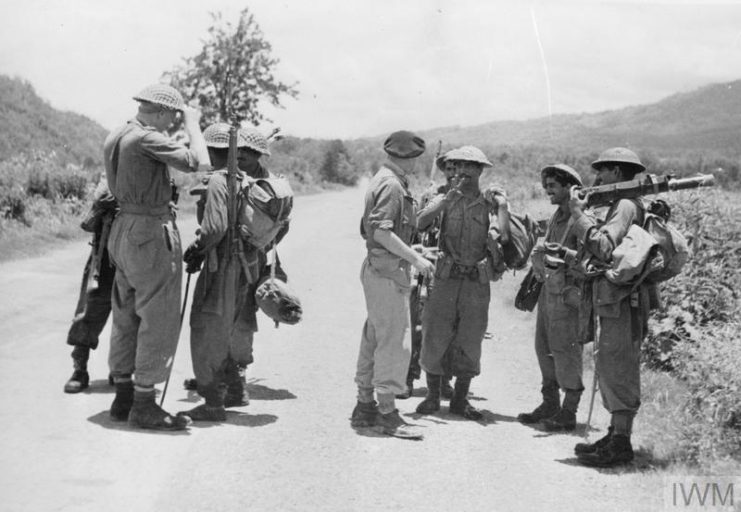
The founder of H4FA, Sally McLean, says that the veterans are proud when they meet with her. She says that they come into her office wearing their berets and medals and that they salute when they arrive.
She insists that the Burmese are not interested in handouts but rather a chance to show their pride at what they accomplished over seventy years ago.
Grammar Productions is a film company that is crowd-funding a documentary about these heroes. Called “Forgotten Allies,” the film is an attempt to capture the stories of these veterans before it is too late.
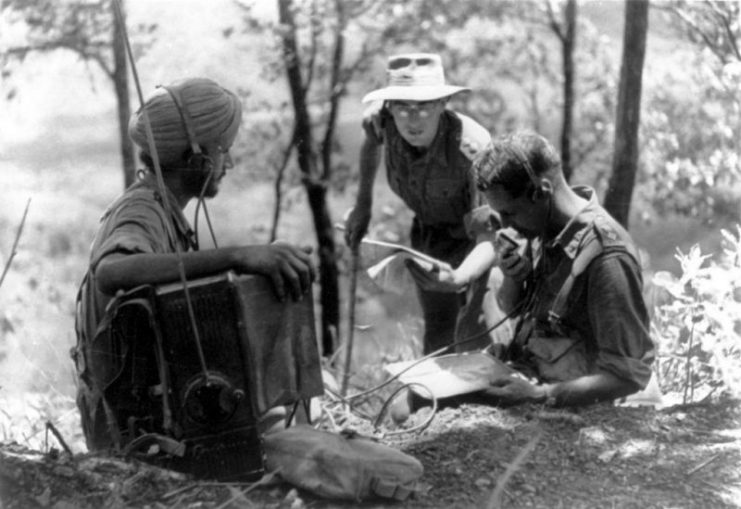
While the veterans are not entitled to an Army pension, they are eligible for welfare grants. It is difficult to find these veterans and difficult to get money into Burma so many of them live in poverty.
Part of H4FA’s mission is to help the Burmese veterans receive the financial assistance they deserve while showing appreciation for all they did in the war.
The 14th Army was the British army responsible for re-taking Burma from the Japanese. Between 1942 and 1945, it was the largest army in the world, with a half million Burmese volunteers swelling its ranks.
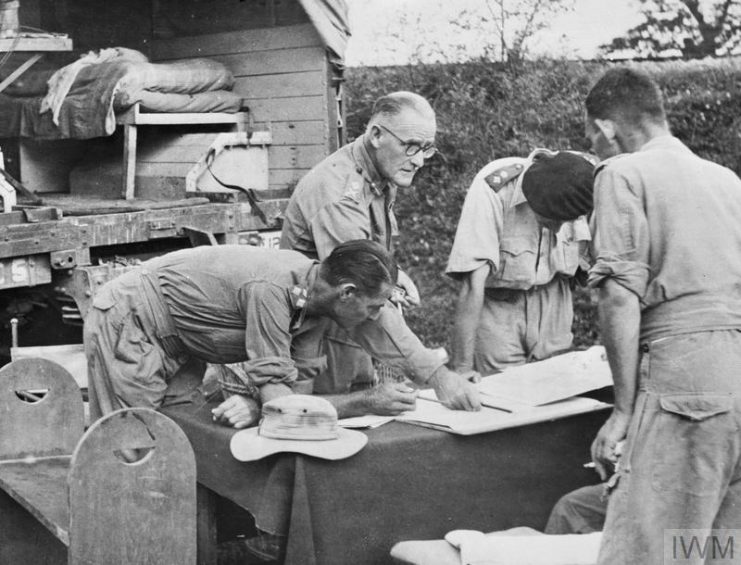
The Burmese volunteers were involved in the most important battles, playing an essential part in each of the Battles of Imphal and Kohima in 1944. They also participated in resistance fighting along the border with Thailand.
Burma would eventually be the biggest defeat in Japanese history according to Philip Davies, the author of “Lost Warriors: Seagrim and Pagani of Burma.”
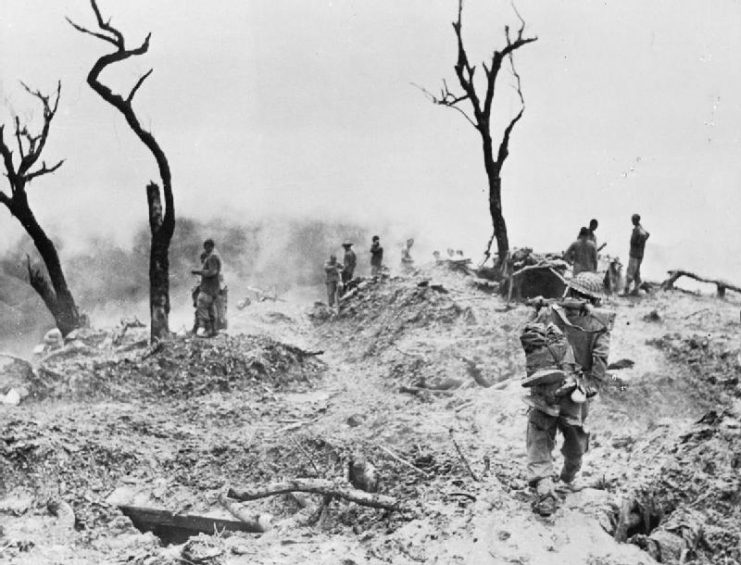
Many Burmese fighters were killed, wounded or tortured. Captured prisoners had their flesh peeled off and salt poured into the wounds according to Liau Chang, now 93 years old, who served as a scout in the war.
Many of the Burmese volunteers served in an elite group known as Operation Character. That group alone is credited with killing 10,964 enemy troops.
David Daniel, 93, is a Burmese veteran who served with the Royal Artillery. He says he still sees the fighting to this day. He still has nightmares and shouts in his sleep.
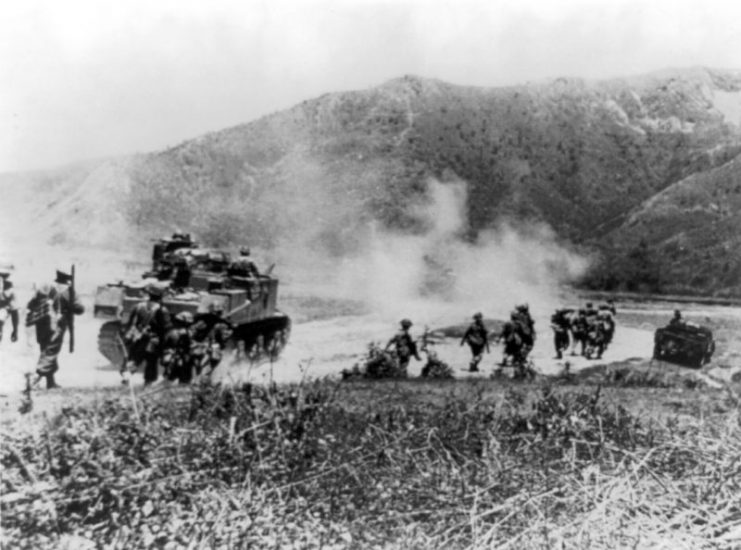
One hero of the Burma campaign was Saw “Joshua” Yoshoo. When McLean found him, he had only one set of clothes and could not afford medication for his asthma. He was 87 years old and could still perfectly remember his rank, serial number, and commanding officer from serving in the British Army’s Burma Rifles regiment in 1934. When she asked how she could help him, he asked her to let his officers know that he was still alive. His own condition of poverty was not his primary concern.
Peter Mitchell is one of the trustees for H4FA. He says that their main goal is to do everything they can to let these veterans know that they are acknowledged for what they did and that they are still remembered.
After the war, Burma gained its independence from Britain. Unlike other colonies, they declined to join the Commonwealth. Years of government instability and infighting further separated Burma from Britain.
Philip Davies accuses Britain of walking away and washing their hands after the war. The veterans who fought so hard and risked so much were left to fend for themselves.
Now, finally, someone is trying to do something about that before it is too late.
